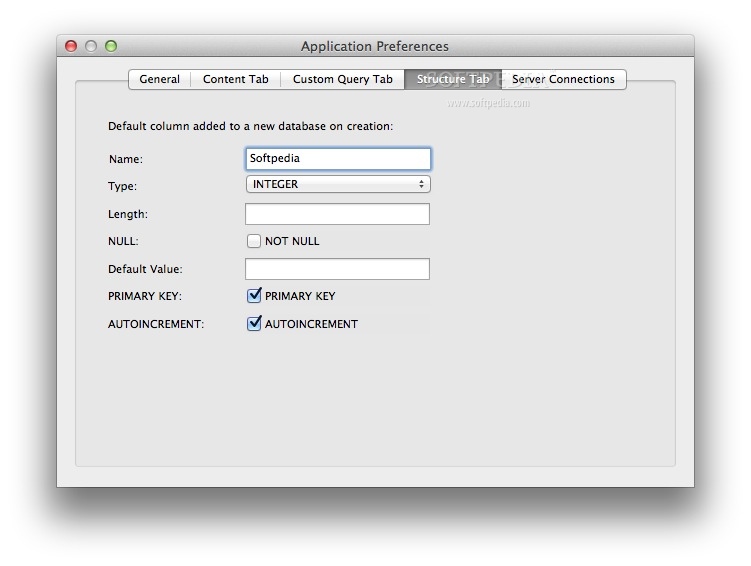
I would say it's bit to many boards on the hackers/makers market that just are while not providing unique and valuable features.Ĭurrent x86 platforms have no problem with supporting SATA III, PCIe, USB3, GigE or multiple display support at various resolutions. There are more and more quite expensive boards that position them selves as powerful computers, Raspberry Pi killers from the media headlines, while missing the mark for consumer desktops and cheap makers boards for DIY projects. In the end there are also some marketing/business model problems. SATA support was rare while now it's available on few boards. Also I/O support is limited, although it's improving.
Mesasqlite alternatuve android#
But some WiFi chips also have problems with proper Linux support and can even work only on some Android system provided by the vendor. We have Mali GPU and to get 3D acceleration out of it we usually have to rely on SoC vendor support.

First of all - closed source and not upstreamed drivers. It's more like all the random more expensive ARM boards that try to target being a small desktop computer vs cheap x86 boards.ĪRM based systems suffer from few problems.

Just note that this isn't a Raspberry Pi vs rest of the world benchmark or comparison.

Intel and AMD x86 boards I picked were selected according to the following rules: I want to focus on low cost bracket where most performance ARM SBCs resides. There is no point in comparing a mini-ITX gaming PC or a gaming laptop with an ARM board or moreover a Raspberry Pi. So let us check if cheap low power x86 CPUs can perform similarly or better while solving problems of most ARM SoC by offering more interfaces and better hardware support.
Mesasqlite alternatuve drivers#
More and more models are released but they are getting stuck in a state of limited I/O support and limited software and drivers support when compared to what current x86 Intel and AMD platforms can provide. Single board computers with ARM chips are flooding hackers/makers market.


 0 kommentar(er)
0 kommentar(er)
